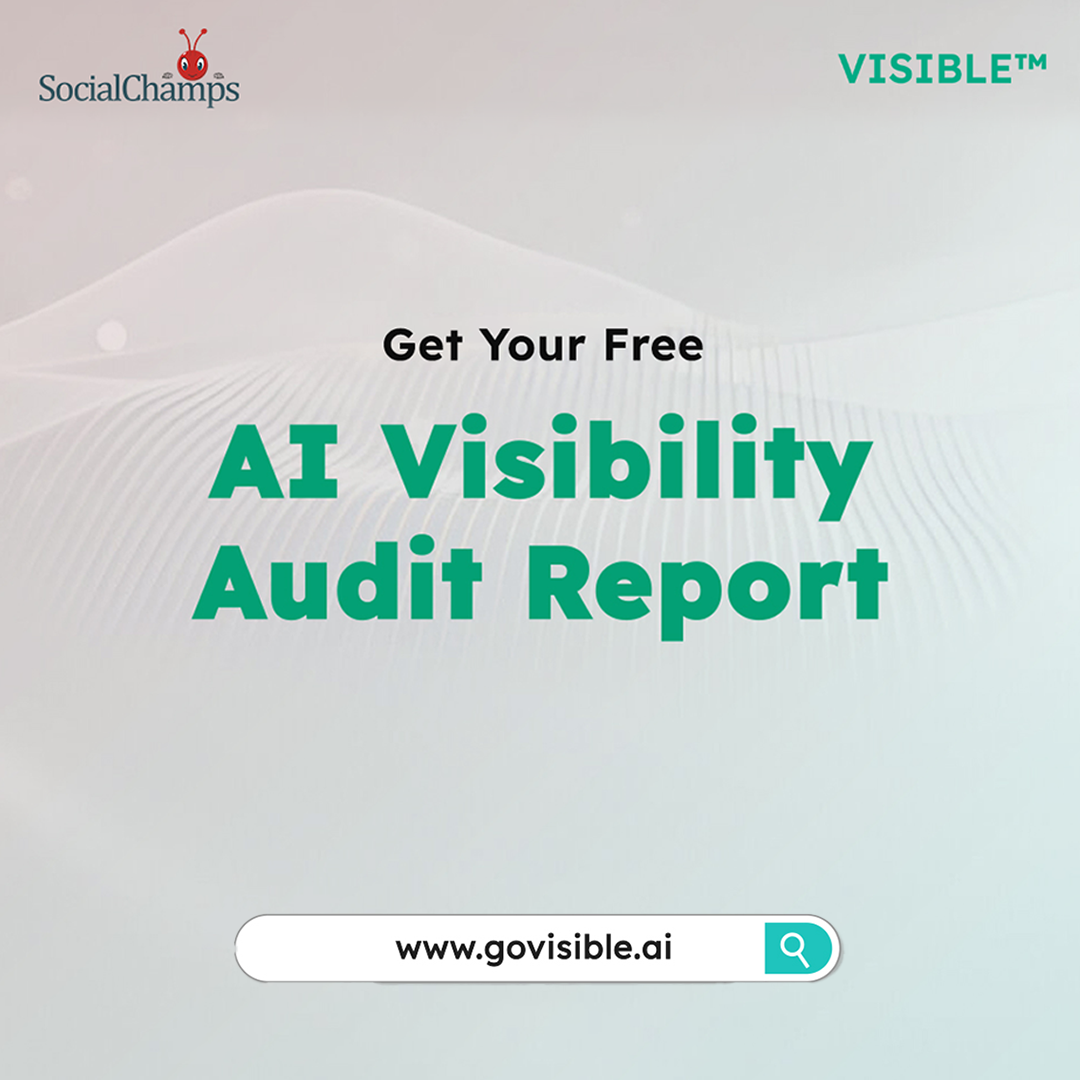This post is a continuation of our series of “Comprehensive Guide to Mobile App Marketing“.
In today’s competitive mobile app market, data-driven marketing is not just a buzzword; it’s a necessity. With millions of apps vying for users’ attention, leveraging analytics to understand user behavior and make informed marketing decisions can significantly enhance your app’s success. In this article, we will explore how data-driven marketing can transform your mobile app strategy and provide actionable insights for optimizing user acquisition, engagement, and retention.
What is Data-Driven Marketing?
Data-driven marketing involves making decisions based on data analysis and interpretation. Instead of relying on intuition or guesswork, marketers use data to understand what works and what doesn’t. This approach allows for more precise targeting, personalized messaging, and efficient allocation of marketing resources.
The Importance of Data-Driven Marketing for Mobile Apps
Data-driven marketing is crucial for mobile apps for several reasons:
- Enhanced User Understanding: By analyzing user data, you can gain deep insights into user preferences, behavior patterns, and pain points. This understanding helps tailor your marketing efforts to meet users’ needs more effectively.
- Improved User Acquisition: Data-driven strategies enable you to identify the most effective channels and tactics for acquiring new users, reducing acquisition costs, and increasing conversion rates.
- Increased Engagement and Retention: Analyzing user data helps you understand what keeps users engaged and what causes them to churn. This information allows you to create strategies to enhance user retention and lifetime value.
- Optimized Marketing Spend: By identifying high-performing campaigns and channels, you can allocate your marketing budget more efficiently, maximizing your return on investment (ROI)
Key Metrics for Data-Driven Marketing
To effectively leverage data-driven marketing, it’s essential to track and analyze the right metrics. Here are some key metrics to consider:
Acquisition Metrics:
- Cost Per Install (CPI): The cost associated with acquiring a new user who installs your app.
- Click-Through Rate (CTR): The percentage of users who click on your ad after seeing it.
- Conversion Rate: The percentage of users who take a desired action, such as downloading your app, after clicking on your ad.
Engagement Metrics:
- Daily Active Users (DAU): The number of unique users who engage with your app daily.
- Monthly Active Users (MAU): The number of unique users who engage with your app monthly.
- Session Length: The average duration of a user session within your app.
Retention Metrics:
- Retention Rate: The percentage of users who continue to use your app after a specific period, such as one day, one week, or one month.
- Churn Rate: The percentage of users who stop using your app after a specific period.
- Lifetime Value (LTV): The total revenue generated by a user throughout their engagement with your app.
Revenue Metrics:
- Average Revenue Per User (ARPU): The average revenue generated by a single user.
- In-App Purchase (IAP) Revenue: The revenue generated from purchases made within the app.
- Ad Revenue: The revenue generated from ads displayed within the app.
Steps to Implement Data-Driven Marketing for Mobile Apps
Implementing data-driven marketing involves several steps, from data collection to analysis and action. Here’s a step-by-step guide to get you started:
1. Collect Data
The first step is to collect relevant data from various sources. This includes user data, app usage data, and marketing performance data. Utilize tools such as Google Analytics, Firebase, Mixpanel, and other analytics platforms to gather comprehensive data.
Example:
“Use Firebase Analytics to track in-app user behavior, such as screen views, button clicks, and user demographics.”
2. Analyze Data
Once you have collected the data, the next step is to analyze it to uncover patterns, trends, and insights. Use data visualization tools like Tableau, Power BI, or Google Data Studio to create visual representations of your data, making it easier to interpret.
Example:
“Create a dashboard in Google Data Studio to visualize user acquisition trends, retention rates, and revenue metrics.”
3. Identify Key Insights
Based on your data analysis, identify key insights that can inform your marketing strategy. Look for patterns and correlations that reveal what drives user acquisition, engagement, and retention.
Example:
“Identify that users acquired through social media ads have a higher retention rate compared to those acquired through search ads.”
4. Develop Data-Driven Strategies
Use the insights gained from your analysis to develop data-driven marketing strategies. These strategies should be tailored to your specific goals, whether it’s increasing user acquisition, boosting engagement, or reducing churn.
Example:
“Develop a retargeting campaign to re-engage users who installed the app but haven’t used it in the past month.”
5. Implement and Test
Implement your data-driven marketing strategies and continuously test their effectiveness. A/B testing is particularly useful for comparing different approaches and determining which one performs better.
Example:
“A/B test two different push notification messages to see which one results in higher re-engagement rates.”
6. Monitor and Optimize
Continuously monitor the performance of your marketing efforts and optimize based on the results. Use real-time data to make adjustments and improvements to your strategies.
Example:
“Monitor the performance of your retargeting campaign and adjust the ad creatives or targeting criteria based on the results.”
Examples of Data-Driven Marketing in Action
To illustrate the power of data-driven marketing, here are a few examples of how successful apps have leveraged data to drive their marketing efforts:
1. Netflix
Netflix uses data-driven marketing to personalize content recommendations for its users. By analyzing user viewing habits, Netflix can suggest movies and TV shows that are likely to interest each user, increasing engagement and retention.
Example:
“Netflix recommends new shows based on your viewing history, such as suggesting ‘Stranger Things’ if you enjoyed ‘The X-Files.’”
2. Airbnb
Airbnb uses data to optimize its pricing strategy. By analyzing factors such as demand, location, and seasonal trends, Airbnb can suggest optimal pricing for hosts, maximizing bookings and revenue.
Example:
“Airbnb’s dynamic pricing model adjusts the price of listings based on factors like local events, booking patterns, and competitor prices.”
3. Spotify
Spotify leverages data to create personalized playlists for its users. By analyzing listening habits and preferences, Spotify can curate playlists that match each user’s taste, enhancing user satisfaction and engagement.
Example:
“Spotify’s Discover Weekly playlist uses data from your listening history to suggest new songs you might like.”
Conclusion
Data-driven marketing is a powerful approach for mobile apps to enhance user acquisition, engagement, and retention. By collecting, analyzing, and acting on data, app marketers can make informed decisions that lead to better outcomes. Whether you’re a startup or an established app, implementing data-driven marketing strategies can provide a competitive edge in the crowded app market.
Remember, the key to successful data-driven marketing is continuous learning and optimization. Stay updated with the latest analytics tools and techniques, and always be ready to adapt your strategies based on new insights. With a data-driven approach, you can unlock the full potential of your mobile app and achieve sustained success.




0 Comments